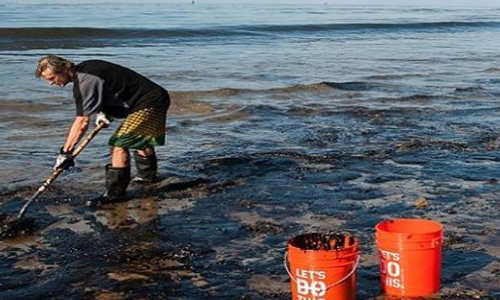Live
- Adhyayan Suman embraces debauchery as Nawab Zoravar in 'Heeramandi' promo
- The Ancient Practice of Yesterday, the Therapeutic Retreat of Today: Yin yoga
- CM Kejriwal eating mangoes to raise sugar level to seek bail: ED alleges in Delhi court
- Hindus living in fear under Congress regime, claims K'taka BJP leader
- Apple Releases iOS 17.5 Beta Update with New Features and Enhancements
- Bellamkonda Sai Sreenivas embarks on new thriller project
- Meg Lanning reveals exercise obsession, not eating enough food led to international cricket retirement
- Bajaj Auto's net profit rises to Rs 2,011 crore in Q4, declares dividend of Rs 80 per share
- Even if you don't vote for your son, give him blessings: Rajnath Singh tells A.K. Antony
- Hello Baby song launch event was held by Music Director Koti









